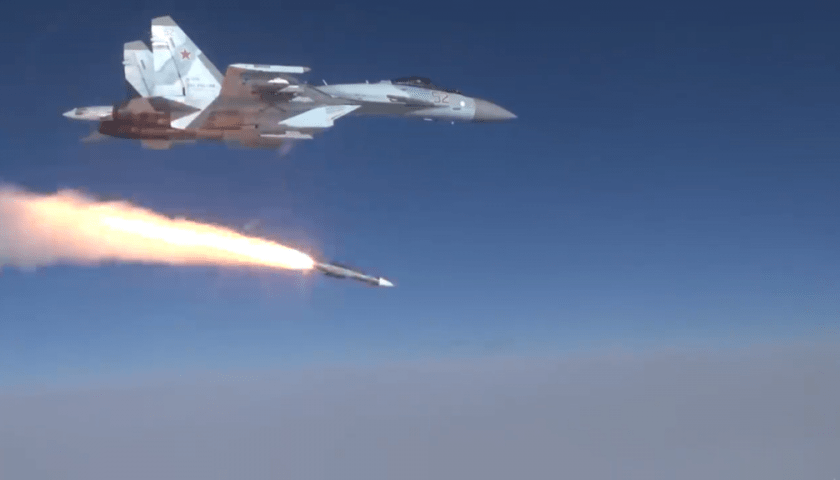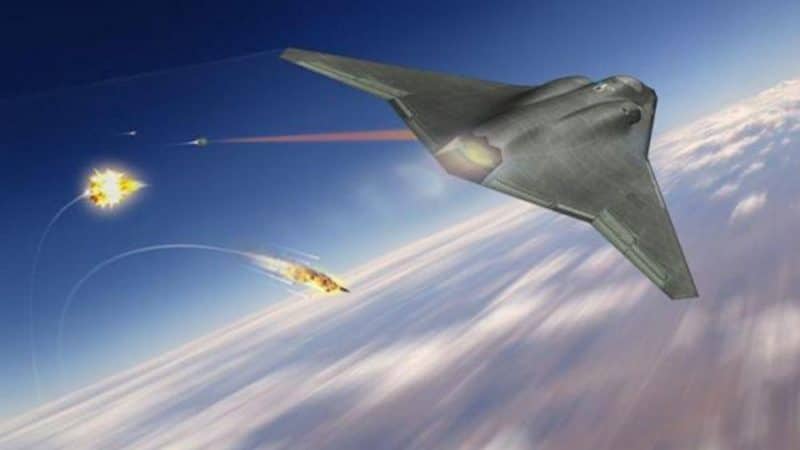Since the mid-60s, increasingly modern anti-aircraft defenses have continued to pose a growing threat to air forces, and to armies which, like Western forces, base most of their firepower on this component. The Vietnam War, then that of Yom Kippur, made the staffs aware of this threat, leading to the design of new aircraft designed to challenge these systems, either based on stealth like the F-117A Nighthawk, or on the low-altitude, high-speed penetration like the Tornado, the Su-24, the F-111. The Gulf War marked the predominance of American and Western air power and doctrine, while the end of the Cold War and the collapse of the Soviet bloc brought threat perception to a halt. , causing a significant slowdown in investment and research in this area for nearly 20 years, especially since the United States, as well as many of its partners, took up the cause of the stealth solution and the F-35 in order to respond to this issue, if necessary.
However, the threats continued to evolve, with the arrival of new, increasingly efficient anti-aircraft systems, like the S-300 then the Russian S-400, but also the Chinese HQ-9, as well as in terms of very long-range air-to-air missiles, such as the Chinese PL-15, the European Meteor and the Russian R37M, posing threats not only against tactical fighter aviation or strategic bombers, but also against support devices, such as tanker aircraft, advanced air surveillance devices, or airborne electronic eavesdropping systems. With the entry into service of new very long-range missiles and carrier aircraft that are themselves stealth like the Chinese J-20 or the Russian Su-57, it is therefore the entire Western air power system that is threatened, and with it, the firepower of the forces as a whole, which would be significantly reduced. In this area, the war in Ukraine has also shown that despite advanced self-protection systems, and jamming cover and suppression of anti-aircraft defenses, the Russian air forces have still not succeeded, after 4 months of war, to take air supremacy over the country, in fact losing a large part of the advantage that its tactical aviation, 16 times larger than that of its adversary, could give it.


The rest of this article is for subscribers only
The Classic subscriptions provide access to
all articles without advertising, starting at € 1,99.
Newsletter subscription
Register for the Meta-Defense Newsletter to receive the
latest fashion articles daily or weekly


[…] […]
[…] July 11, 2022 […]